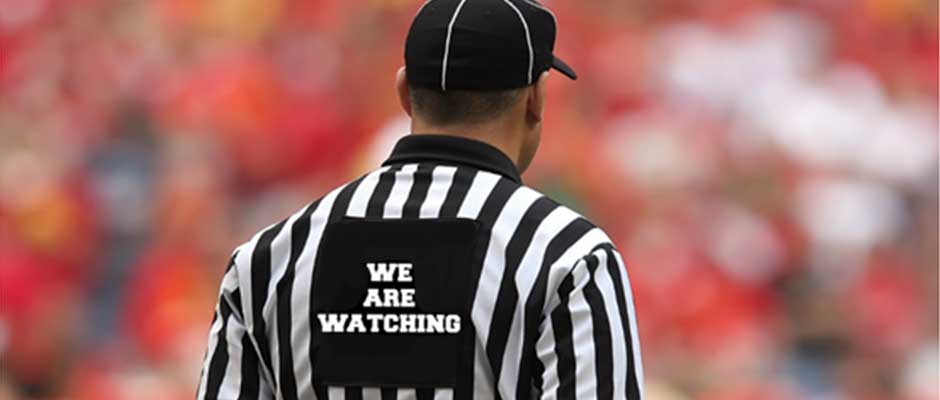
Leadership Traits
March 19, 2018
DNet Document Storage
April 23, 2018In our last article we introduced the basics of Corrective Action and in this article we will be discussing the steps of a typical progressive discipline process.
Due Process
When faced with workplace conduct that may require corrective action, the Team Member should be given appropriate due process, which usually involves a meeting with the Manager, or Team Leader. Incorporating the principles of due process into corrective action is in line with best employee relations practices, and Team Members who feel they have been treated fairly and respectfully during corrective action are less likely to file a charge or lawsuit even if the action ends with termination.
Specifically, workplace due process includes the following basic elements:
- The work rule or behavior standard was established and communicated to the Team Member. (i.e. going over the handbook)
- The offending conduct was identified and supported with facts establishing the Team Member’s culpability or negligence.
- The Team Member was informed that his or her behavior violated or did not meet the standard.
- The Team Member was given an opportunity to present his or her viewpoint.
- The imposed corrective action was fair and consistent with established policy and practice.
- The expected standards of conduct were repeated to the Team Member, as were the consequences for failing to meet them or for other work rule violations.
Progressive Discipline
A significant part of due process is following an appropriate progressive discipline process intended as a tool to correct the behavior. Progressive discipline generally includes a series of increasingly severe penalties for repeated offenses, typically beginning with counseling or a verbal warning. Each related event or incident must trigger a more severe response, and each step must more strongly encourage the employee to modify his or her behavior.
A progressive discipline system should allow the Manager to use some discretion or judgment based on the circumstances. For example, the appropriate response to a Team Member who has failed to follow instructions from the Manager may not be a verbal warning, the traditional first step in many progressive discipline policies. To determine an appropriate response, the Pinnacle’s HR professionals may ask the Manager administering the policy additional questions: What was the business impact of the Team Member’s behavior? Has the Team Member received prior written warnings? Were other Team Members or customers harmed or endangered due to this behavior? After the right probing questions have been asked, the HR professional may recommend that a more severe first response is warranted.
The following steps are part of a typical progressive discipline policy:
- Verbal warning. This consists of an informal or formal discussion with the Team Member that clearly states the rule violation or conduct problem, clarifies the minimum expectations and outlines the consequences of not correcting the behavior. This discussion should be documented for retention in the Team Member’s personnel file.
- Written warning – Counseling Statement. This consists of a discussion accompanied by a letter or memo to the Team Member stating the behavior deficiency and clarifying the minimum expectations. This document should also state that continued instances of unsatisfactory behavior will result in further corrective action, up to and including termination.
- Final written warning – Corrective Interview. Because little difference exists between a written warning and a final written warning, some organizations elect to exclude this option. Nevertheless, a final written warning should include the same items as a written warning, including stating that further instances of unsatisfactory behavior/performance will result in further disciplinary action, up to and including termination.
- Discharge or termination. The final step is termination of employment. Some serious infractions—such as fighting, theft or egregious cases of harassment—warrant skipping one or more steps and jumping immediately to a higher level of discipline or even discharge. In some cases, it may be appropriate to immediately suspend a Team Member and contact the HR department at Pinnacle to review the incident. For example, an organization may want to suspend a Team Member involved in a physical altercation because the primary objective would be to remove the danger rather than to announce a termination and risk escalation.
An employee should never be discharged without due process. All the facts must be promptly and thoroughly investigated and documented before making the termination decision.
In our next article, we will be discussing how to initiate corrective actions with the Team Members.
For more information regarding performance management, please contact Pinnacle’s Human Resources department at HR@pinnaclpeo.com
- Please take a moment to read our Leadership Traits and Visa Payroll Card feature articles, these blog articles are a great source of information.
- All our Blogs can be viewed here.


